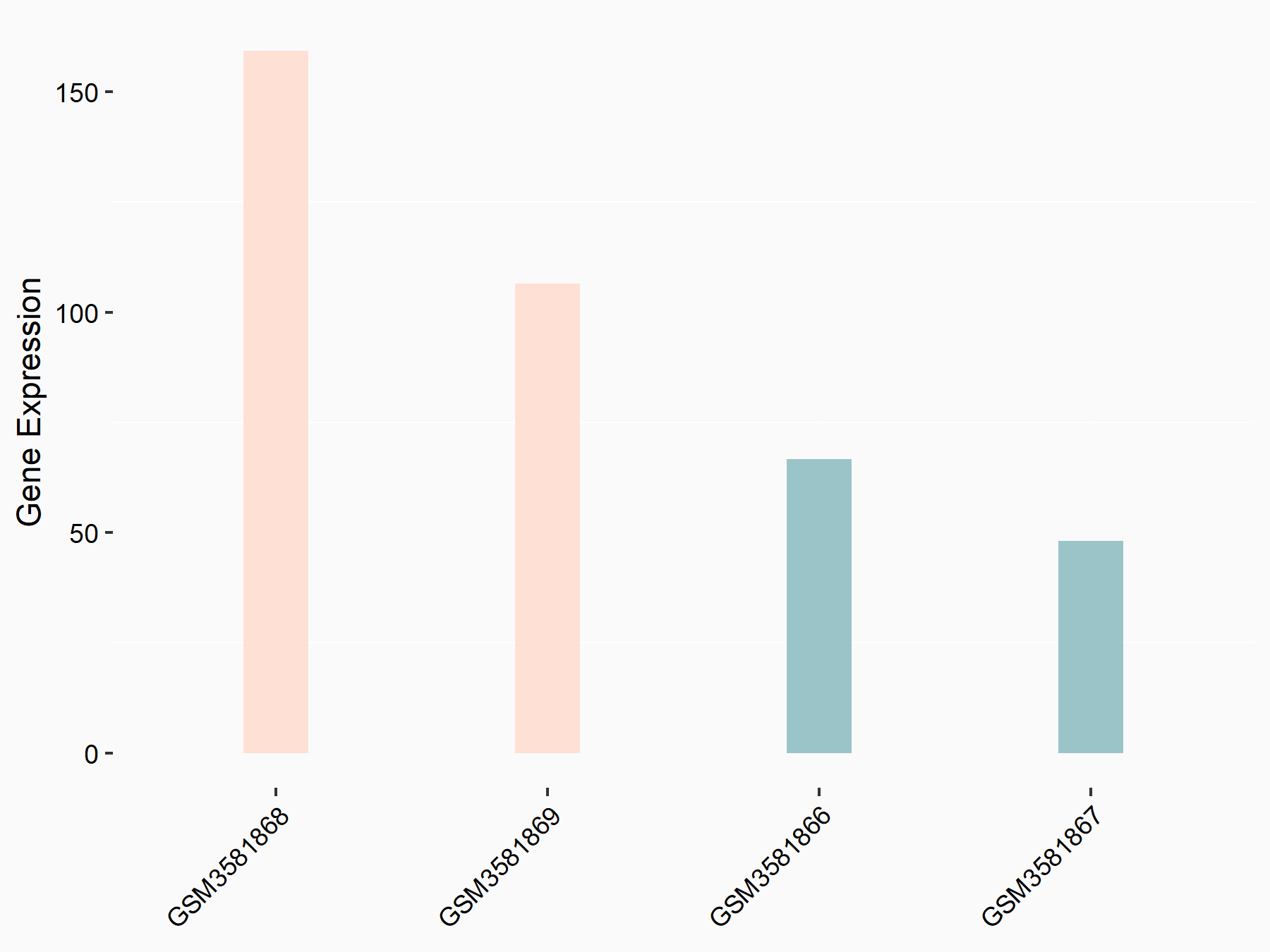m6A Target Gene Information
General Information of the m6A Target Gene (ID: M6ATAR00693)
Full List of m6A Methylation Regulator of This Target Gene and Corresponding Disease/Drug Response(s)
DACT1
can be regulated by the following regulator(s), and cause disease/drug response(s). You can browse detail information of regulator(s) or disease/drug response(s).
Browse Regulator
Browse Disease
Fat mass and obesity-associated protein (FTO) [ERASER]
| Representative RNA-seq result indicating the expression of this target gene regulated by FTO | ||
| Cell Line | Mouse liver | Mus musculus |
|
Treatment: FTO knockout mouse liver tissue
Control: Wild type mouse liver tissue
|
GSE125785 | |
| Regulation |
  |
logFC: 1.21E+00 p-value: 4.60E-03 |
| More Results | Click to View More RNA-seq Results | |
| In total 1 item(s) under this regulator | ||||
| Experiment 1 Reporting the m6A Methylation Regulator of This Target Gene | [1] | |||
| Response Summary | FTO could reduce the mRNA stability of Dapper homolog 1 (DACT1) via m6A demethylation, which decreased DACT1 expression and further activated the Wnt signaling pathway. The oncogenic effect of FTO on osteosarcoma was dependent on DACT1. | |||
| Target Regulation | Down regulation | |||
| Responsed Disease | Osteosarcoma | ICD-11: 2B51 | ||
| Pathway Response | Wnt signaling pathway | hsa04310 | ||
Osteosarcoma [ICD-11: 2B51]
| In total 1 item(s) under this disease | ||||
| Experiment 1 Reporting the m6A-centered Disease Response | [1] | |||
| Response Summary | FTO could reduce the mRNA stability of Dapper homolog 1 (DACT1) via m6A demethylation, which decreased DACT1 expression and further activated the Wnt signaling pathway. The oncogenic effect of FTO on osteosarcoma was dependent on DACT1. | |||
| Responsed Disease | Osteosarcoma [ICD-11: 2B51] | |||
| Target Regulator | Fat mass and obesity-associated protein (FTO) | ERASER | ||
| Target Regulation | Down regulation | |||
| Pathway Response | Wnt signaling pathway | hsa04310 | ||